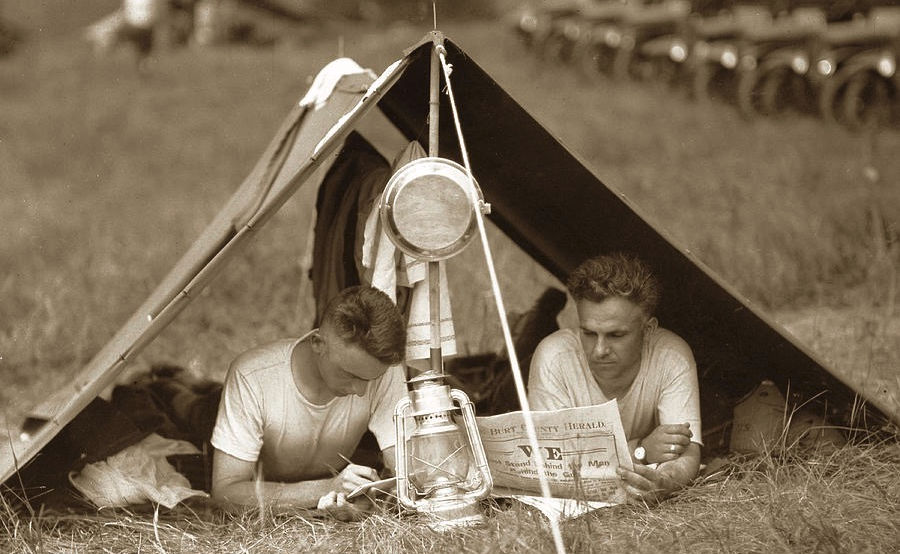
Why Is It Called a Pup Tent? Military Origins of a Survival Classic
What Is a Pup Tent, and Why Do They Call It That?
If you’ve ever asked yourself, “why is it called a pup tent?” you’re in good company. This compact, triangular shelter is a staple in bushcraft and survival circles, but its origins come straight out of military necessity and soldierly humor.
The name "pup tent" first appeared during the American Civil War, when Union soldiers were issued small canvas shelters. These tents were so low to the ground and cramped that troops began joking they looked more suited for dogs than humans. The nickname stuck—and so did the design.
Quick Fact: Soldiers used to carry only half of a pup tent. It wasn’t until they paired up with a buddy that the full tent could be assembled.
A Shelter Built for the Battlefield

So, what is a pup tent used for in the military? It’s a simple answer with big implications: fast shelter with minimal weight.
Throughout World War I, World War II, and into Vietnam, the U.S. military issued shelter halves—each soldier carried one. These halves buttoned or snapped together and used a few simple poles and stakes. Pup tents were built for:
-
Speed – Set up in minutes
-
Portability – Carried in a rucksack
-
Partnership – Required two soldiers to complete
-
Durability – Made of tough canvas or early synthetics
In WWII, the M1942 shelter half became standard. Soldiers would often combine several tents to create larger shelters or fortifications, but at its core, the pup tent was always about quick, no-frills protection.
Why Do Soldiers Call It a Pup Tent?
This isn’t just about size. The term “pup tent” carries cultural weight. It was a bit of military humor—a subtle jab at the rough conditions soldiers endured. Sleeping shoulder-to-shoulder in a wedge-shaped shelter in the pouring rain? You might joke that you felt more like a dog than a man.
The phrase became so common it entered military jargon, instruction manuals, and even post-war civilian life. Ask any old vet what a pup tent is, and chances are they’ve got a story that involves mud, rain, and a whole lot of camaraderie.
Pup Tents in Bushcraft, Camping, and Survival Today

Today’s survivalists and campers still ask, “what makes a tent a pup tent?” The answer lies in the shape, structure, and spirit of the design.
Common Features of Modern Pup Tents:
-
A-frame or triangular profile
-
Ultralight or compact build
-
Meant for 1–2 people
-
Quick setup, even in rough terrain
-
Often used by scouts, survivalists, or minimalist campers
Whether you're building a bug-out bag or setting up a primitive base camp, the classic pup tent design still holds strong. Some modern versions use waterproof ripstop nylon, paracord guy lines, and reflective detailing—upgrades born from 21st-century tech but grounded in 19th-century practicality.
Why Is a Small Tent Called a Pup Tent?
Still wondering why is a small tent called a pup tent? It’s all about perspective. For soldiers, it was a cramped necessity. For campers, it’s an efficient shelter. And for history lovers, it’s a living piece of battlefield ingenuity.
So whether you’re pitching a tarp in the woods or browsing military surplus for your next backwoods adventure, you can appreciate the legacy behind this iconic tent.
Final Thoughts: A Shelter Born from Grit and Ingenuity
From muddy fields in Civil War America to modern bug-out kits and scout trips, the pup tent has stood the test of time. It’s more than just shelter—it’s a testament to soldiering, survival, and smart design. Now that you know why it’s called a pup tent, maybe it’s time to add one to your loadout.

